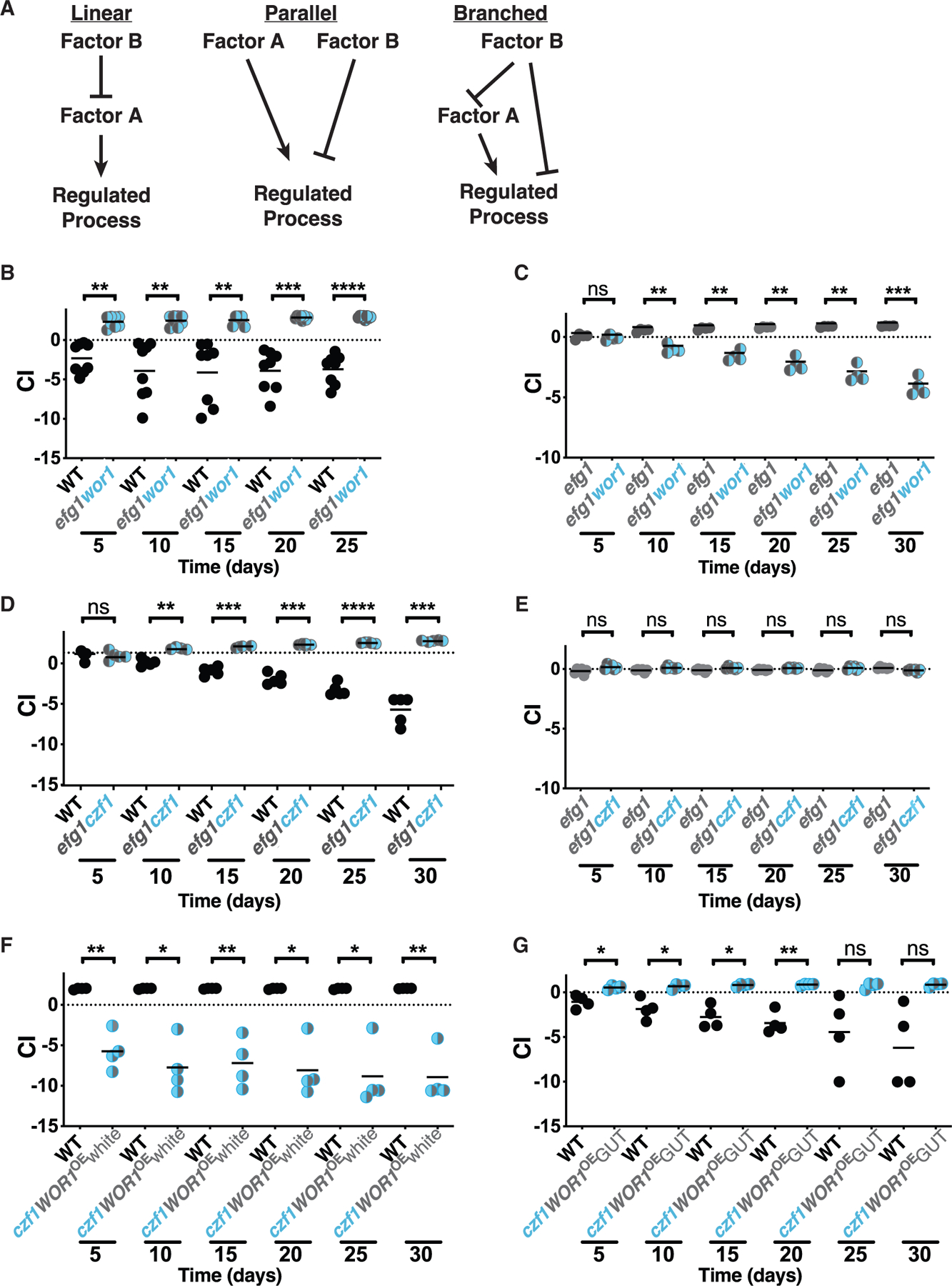Figure 2. Epistasis analysis suggests a branched regulatory pathway.

(A) Examples of linear, parallel, and branched regulatory pathways. If factor A and factor B play opposite roles in a linear regulatory pathway, the double mutant ab will exhibit the same phenotype as a null mutant affecting the more downstream regulator (mutant a, in this example). If factor A and factor B participate in a parallel or branched regulatory pathway, then the phenotype of the double mutant is likely to be intermediate between those of (A) and (B).
(B–G) Competitive fitness of double mutants in the gut colonization model. B. WT (ySN425) v. efg1wor1 (ySN1126).
(C) efg1 (ySN1338) v. efg1wor1 (ySN1126).
(D) WT (ySN425) v. efg1czf1 (ySN1373).
(E) efg1 (ySN1338) v. efg1czf1 (ySN1373).
(F) WT (ySN425) v. czf1WOR1OE (ySN1147).
(G) WT (ySN425) v. czf1GUT (ySN1486). Statistical analysis was performed as in Figure 1C. Results for additional efg1 versus efg1wor1 and WT versus efg1czf1 competition experiments are presented in Figures S2H and S2I, respectively.
